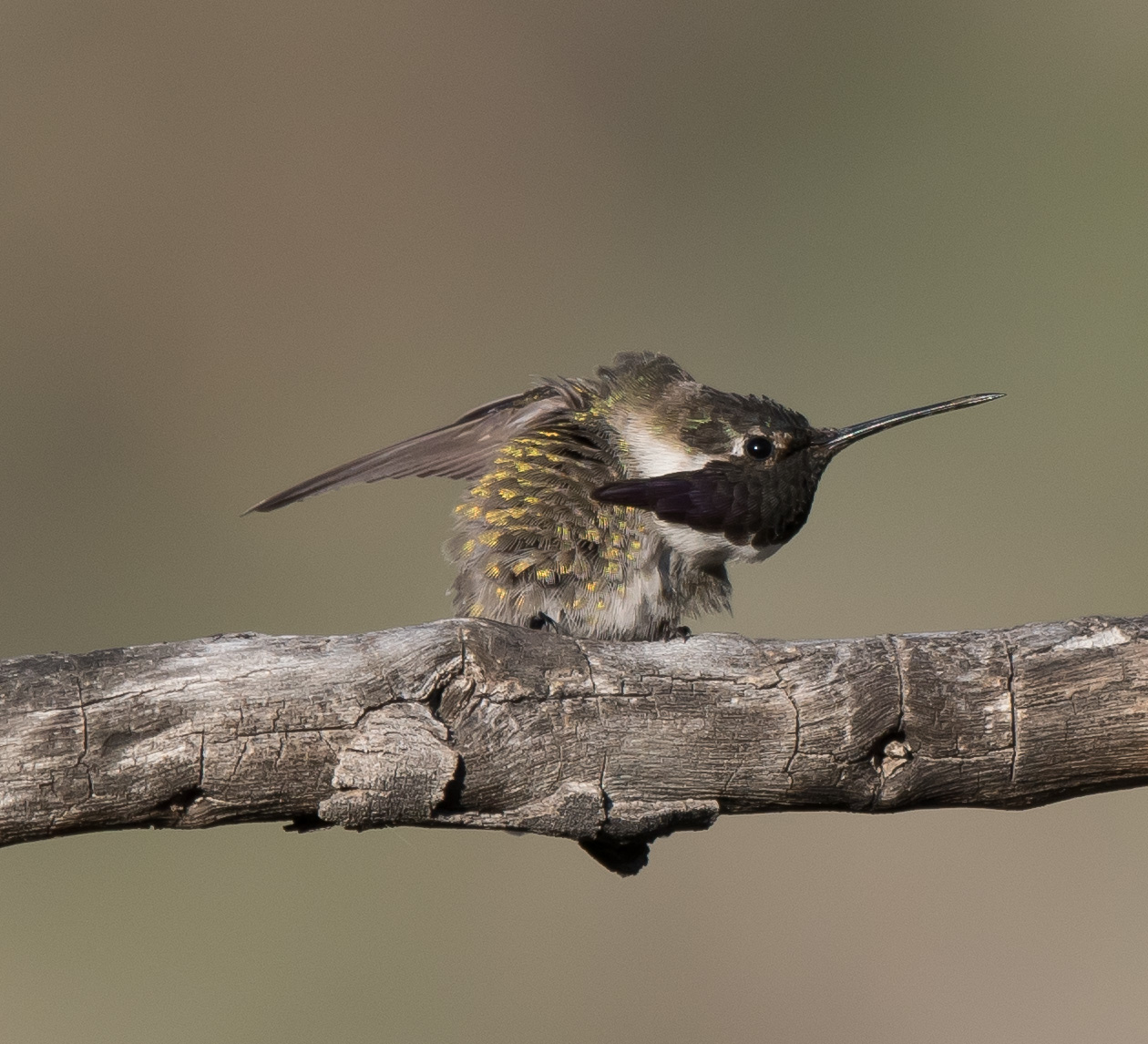On May 17th, birding buddy from Tucson, Chris Rohrer, and I decided we needed someplace new to explore that was within a decent distance. We had not been birding together for some time and we were due for an 'epic' excursion. I suggested Slate Creek Divide in the northeast part of Maricopa County. I had only been there once before about 3 years prior and the road leading there was definitely not suited for a low suspension auto. Thanks to Tommy DeBerdeleben, I would never have visited this place as I would not have know it even existed or what to find or how to get there. So once again, I was ready to explore and Chris was equally ready to check it out. Exploring new and under birded spots can be very rewarding. This place is not for the meek, especially if one decides to do some bushwhacking as it is very remote (no cell phone coverage) and some areas are steep, rocky and treacherous with the possibility of rattlesnakes. What Chris and I discovered is that we need to plan a new trip back to this spot and be a bit better prepared for proper exploration.
The road is narrow and with numerous turns and switchbacks, but all along the way we found birds including a Black-headed Grosbeak and a Gray Vireo, which just happened to be a new life bird for Chris. This has been the year of the Gray Vireo for me as I have now seen them in 5 different locations this year. The silver lining to this is the fact that I now have a better understanding of their habitat and especially what to listen for when they are singing.
Black-headed Grosbeak
Black-throated Gray Warbler
Bullock's Oriole
Arizona Sister Butterfly
Desert Grasslands Whiptail
The road is narrow and with numerous turns and switchbacks, but all along the way we found birds including a Black-headed Grosbeak and a Gray Vireo, which just happened to be a new life bird for Chris. This has been the year of the Gray Vireo for me as I have now seen them in 5 different locations this year. The silver lining to this is the fact that I now have a better understanding of their habitat and especially what to listen for when they are singing.
Black-headed Grosbeak
Gray Vireo
We also had the most expected warbler in this area, the Black-throated Gray Warbler; this would be prime breeding habitat and territory for them. Bullock's Orioles and Olive-sided Flycatchers were also seen. All of these birds almost had this remote area to themselves as we did not encounter anyone else until we started our trek back down where we met 4 different ATV's that were looking for a mine. Had no idea where to tell them to look, so they continued on and we continued our slow exit.
Bullock's Oriole
Olive-sided Flycatcher
At one point we found a Zone-tailed Hawk riding the thermals and screaming at us, so it is probable they had a nest somewhere nearby.
Zone-tailed Hawk
Other critters we found include an Arizona Sister Butterfly and a couple of Desert Grasslands Whiptail Lizards where one was feasting on a nice plump insect.
Desert Grasslands Whiptail
Desert Grasslands Whiptail - with prey
What was abundantly clear was that it was definitely wildflower season in these higher elevations as we found several species of wildflowers.
What a trip this was with incredible views and scenery and some great birds and wildlife as well. This place is definitely on my must visit list again.






























































